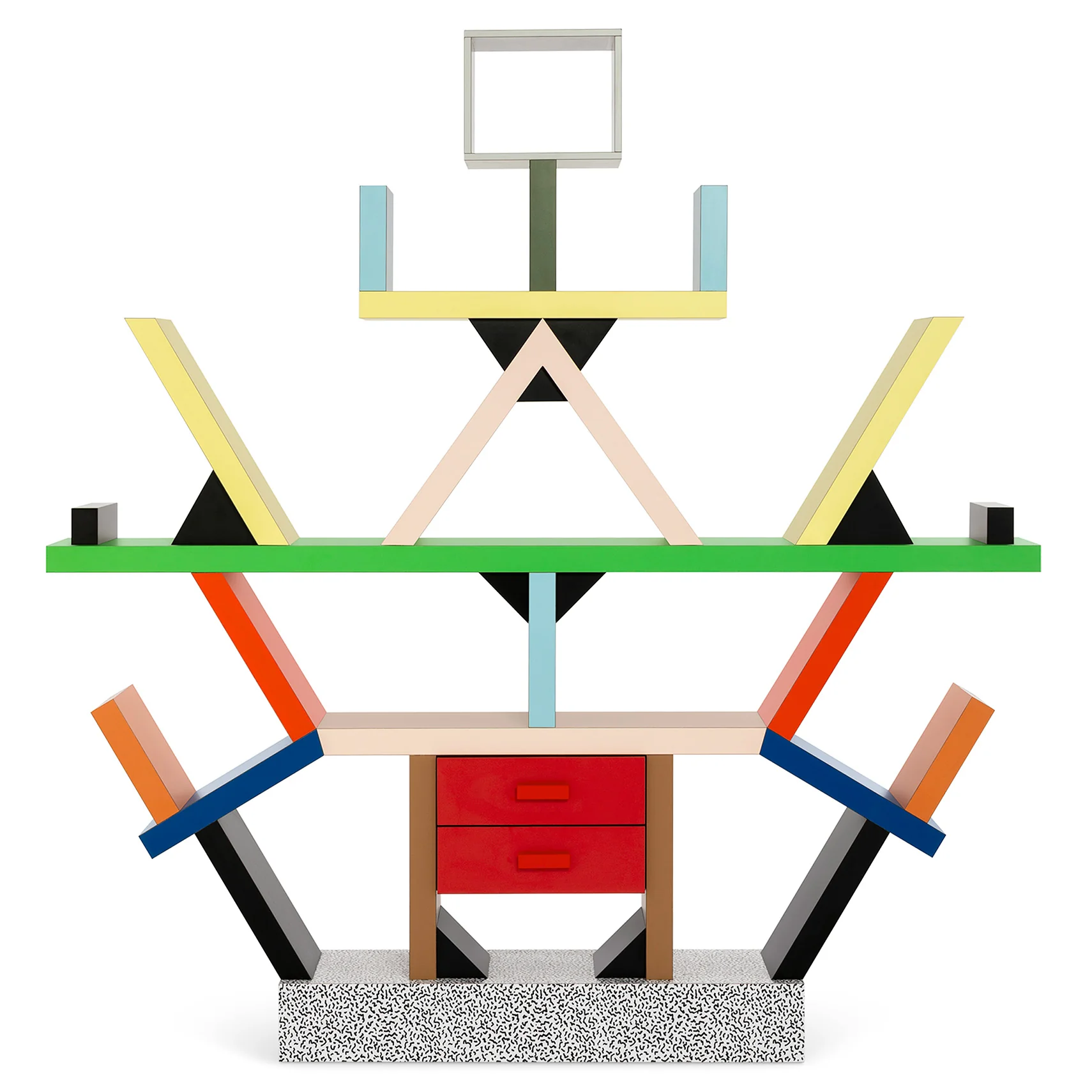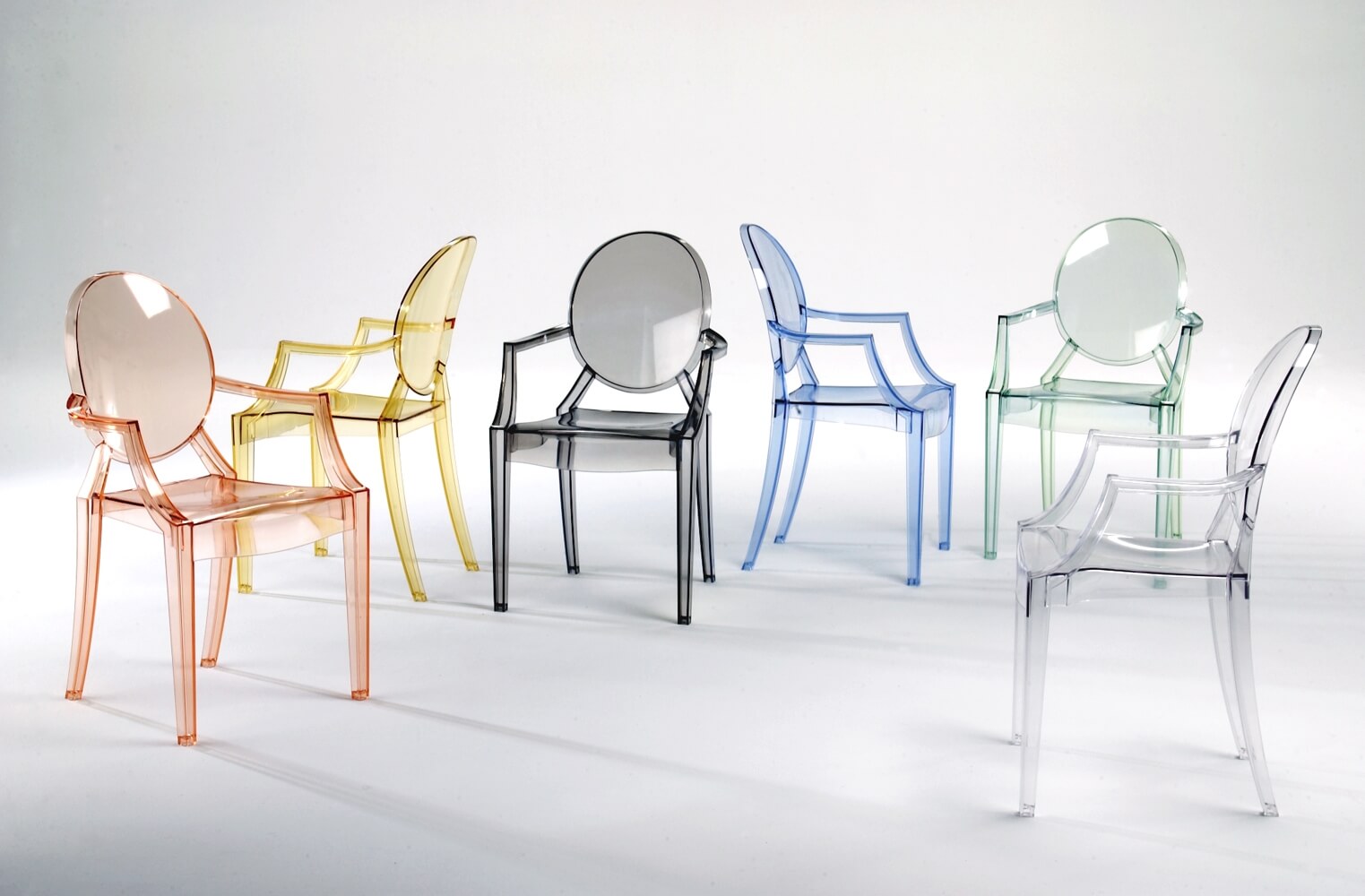
Italian design has been a cornerstone of innovation, aesthetics, and craftsmanship, influencing industries ranging from furniture to fashion and automotive engineering. Celebrated worldwide for its ability to harmonize form and function, Italian design has also earned its place in the Museum of Modern Art (MoMA) in New York. MoMA’s collection includes a remarkable array of Italian creations that have not only won prestigious awards but also reshaped global design paradigms.
What Defines Italian Design?
Italian design is guided by principles of innovation, functionality, and aesthetic excellence. Whether in architecture, product design, or fashion, Italian creations prioritize elegance and usability. Italian designers and brands consistently challenge conventions while maintaining respect for tradition, creating works that feel both timeless and forward-looking.
The MoMA and Italian Design
The Museum of Modern Art’s (MoMA) design collection is one of the world’s most influential repositories of innovation. For Italian designs, inclusion in MoMA signifies global recognition of their cultural and artistic value. Over the decades, MoMA has celebrated Italian ingenuity, showcasing works that have redefined their respective industries.
Notable Italian Designers and Their Works
1. Achille and Pier Giacomo Castiglioni
- Arco Lamp (1962): A floor lamp with a marble base and an arching stem, combining functionality with sculptural beauty.
- Mezzadro Stool (1957): Inspired by a tractor seat, this design merges rural aesthetics with modern industrial design.
2. Ettore Sottsass
- Valentine Typewriter (1969): A portable typewriter designed for Olivetti, celebrated for its vibrant red casing and playful aesthetic.
- Carlton Bookcase (1981): A Memphis Group icon featuring bold colors and an unconventional geometric structure.
3. Gio Ponti
- Superleggera Chair (1957): A lightweight and minimalist wooden chair that balances simplicity with strength.
- Architectural contributions such as the Pirelli Tower in Milan, blending modernism with Italian flair.
4. Marco Zanuso
- Lady Armchair (1951): An elegant armchair that introduced industrial materials like foam rubber into furniture design.
- Algol Television (1964): Designed for Brionvega, this portable TV revolutionized the look of consumer electronics.
5. Piero Fornasetti
- Known for his whimsical and surrealist designs, such as his iconic “Tema e Variazioni” plates, featuring the face of opera singer Lina Cavalieri.
6. Alessandro Mendini
- Proust Armchair (1978): A postmodern masterpiece combining classical forms with colorful, hand-painted patterns.
7. Franco Albini
- Veliero Bookcase (1940): A strikingly minimalist shelving unit resembling a ship’s rigging.
- Albini Desk: A blend of transparency and functionality that highlights craftsmanship.
8. Bruno Munari
- Falkland Lamp (1964): A fabric and aluminum structure designed to emit diffused, soft light.
- His contributions to children’s books and toys emphasized the importance of simplicity and functionality.

Iconic Italian Brands and Their Contributions
1. Kartell
- Known for pioneering the use of plastic in furniture and lighting.
- Iconic works:
- Louis Ghost Chair (2002) by Philippe Starck: A transparent polycarbonate chair that embodies modern minimalism.
- Componibili Storage Unit (1967) by Anna Castelli Ferrieri: A modular, stackable system that remains popular today.
2. Flos
- A lighting design powerhouse, collaborating with legendary designers like the Castiglioni brothers and Philippe Starck.
- Iconic works:
- Taccia Lamp (1962) by Achille and Pier Giacomo Castiglioni: A table lamp with an adjustable glass reflector.
- Parentesi Lamp (1971) by Achille Castiglioni and Pio Manzù: A flexible lighting solution suspended from the ceiling.
3. Alessi
- Renowned for transforming everyday objects into works of art.
- Iconic works:
- Juicy Salif Lemon Squeezer (1990) by Philippe Starck: A sculptural, futuristic kitchen tool.
- 9093 Kettle (1985) by Michael Graves: A playful yet functional design featuring a bird-shaped whistle.
4. Olivetti
- A leader in industrial design, particularly for its typewriters and calculators.
- Iconic works:
- Lettera 22 Typewriter (1950s): A portable typewriter praised for its sleek design and practicality.
- Divisumma Calculator (1970): A futuristic design that combined innovation with user-friendly functionality.
5. Poltrona Frau
- A luxury furniture brand specializing in handcrafted leather goods.
- Iconic works:
- Vanity Fair Armchair (1930): A timeless design that epitomizes Italian elegance.
6. Brionvega
- Revolutionized consumer electronics with visually striking designs.
- Iconic works:
- Cubo Radio (1964) by Marco Zanuso and Richard Sapper: A compact, colorful radio with a modernist aesthetic.
Automotive Icons in MoMA
Italian automotive design, known for its perfect blend of beauty and performance, has also earned a place at MoMA.
- Fiat 500 (1957)
- A symbol of post-war Italy, this compact car is celebrated for its affordability, efficiency, and timeless charm.
- Lamborghini Miura (1966)
- The world’s first supercar, with a groundbreaking mid-engine layout and stunning design by Marcello Gandini.
- Ferrari F40 (1987)
- Designed to celebrate Ferrari’s 40th anniversary, the F40 represents the pinnacle of engineering and design in the 1980s.
Fashion and Textile Contributions
Italian fashion brands bring the same design ethos of innovation and elegance to the global stage.
- Giorgio Armani: Known for redefining menswear with unstructured tailoring.
- Prada: Miuccia Prada’s minimalist designs are a hallmark of contemporary fashion.
- Missoni: Famous for its vibrant zigzag patterns and knitwear innovations.
- Gucci: A pioneer in luxury fashion with iconic designs like the Bamboo Handbag.
The Memphis Group and Postmodernism
Founded in 1981 by Ettore Sottsass, the Memphis Group rejected minimalism, embracing bold colors and eclectic patterns.
- Tahiti Lamp (1981): A playful, animal-inspired design.
- Carlton Bookcase (1981): A postmodern shelving unit that defied traditional conventions.
Sustainability in Italian Design
Modern Italian designers increasingly prioritize sustainability. Brands like Kartell now produce furniture using recycled plastics, while architects incorporate green materials into urban projects.
Italian Design Awards and Recognition
The Compasso d’Oro, established in 1954, honors outstanding Italian designs. Many award-winning pieces, such as the Arco Lamp and the Lettera 22, have also found a home at MoMA.
The Global Influence of Italian Design
Italian design’s impact is evident in collaborations with international brands, including Apple, IKEA, and Bang & Olufsen. Its principles inspire countless designers worldwide, shaping modern aesthetics and functionality.
FAQs
- What makes Italian design unique?
Its focus on elegance, innovation, and functionality sets it apart. - What Italian brands are featured at MoMA?
Brands like Olivetti, Flos, Kartell, and Alessi have multiple works in MoMA’s collection. - Who are the most famous Italian designers?
Achille Castiglioni, Ettore Sottsass, Gio Ponti, and Marco Zanuso are among the most celebrated. - How does Italian automotive design stand out?
Italian cars combine aesthetics, performance, and engineering brilliance, making them icons of luxury and innovation. - What is the role of the Memphis Group?
The Memphis Group was a design collective that embraced bold, unconventional postmodern aesthetics. - Which Italian products have won the Compasso d’Oro?
Designs like the Arco Lamp, Lettera 22, and Superleggera Chair have received this prestigious award.
Conclusion
Italian design’s legacy at MoMA reflects its unparalleled contribution to art, innovation, and functionality. From the Arco Lamp to the Fiat 500, Italy continues to inspire with creations that transcend time and trends.
